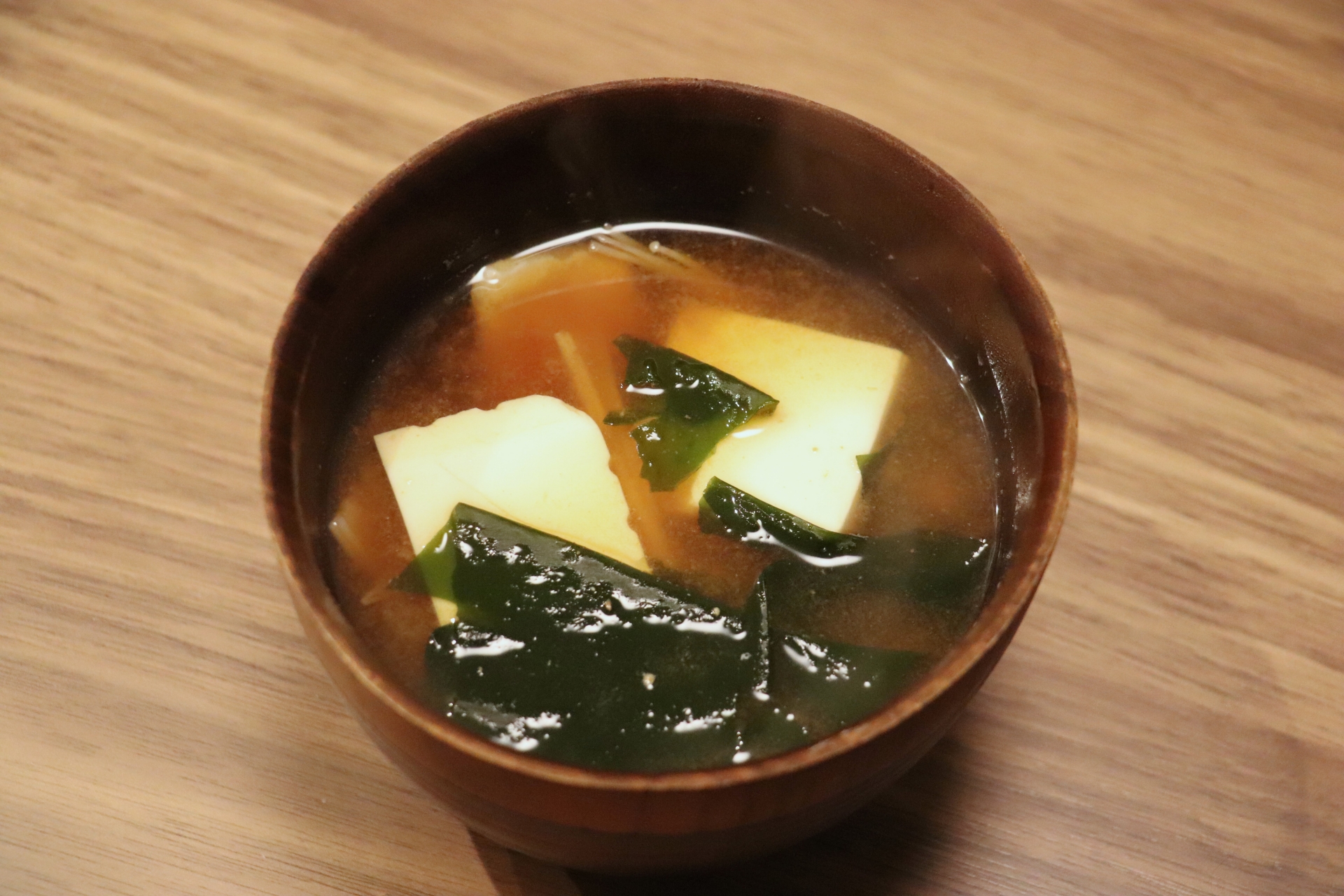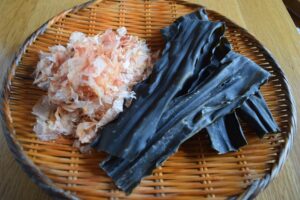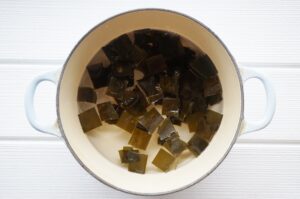Miso soup is a staple in Japanese cuisine—warm, comforting, and deeply umami. Whether you’re craving the simplicity of tofu and seaweed or exploring deeper flavors with homemade dashi, this guide will walk you through everything you need to know. From ingredients and variations to step-by-step instructions, you’ll learn how to make restaurant-quality miso soup in your own kitchen.
What Is Miso Soup?
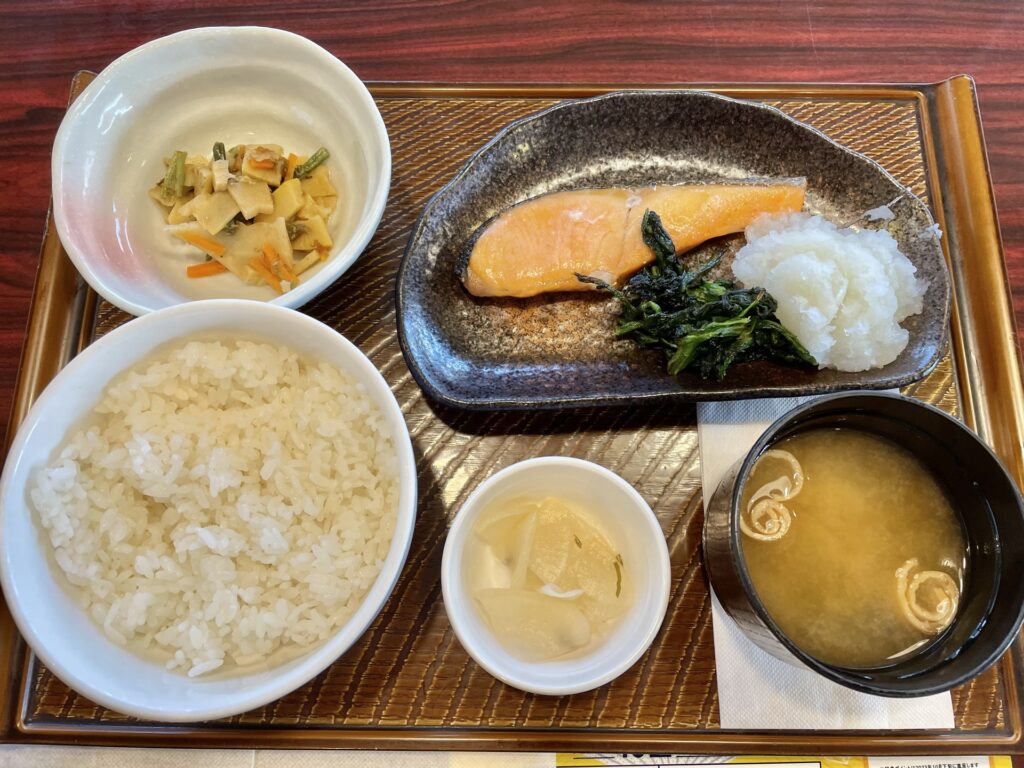
Miso soup, or miso shiru, is a comforting, umami-rich staple in Japanese cuisine. Traditionally served as part of nearly every Japanese meal—from breakfast to dinner—it embodies simplicity and deep flavor. At its core, miso soup consists of just a few ingredients: miso paste, dashi broth, tofu, wakame seaweed, and scallions. But behind its humble appearance lies a complex history and cultural significance. For many Japanese people, miso soup is more than just food—it’s a symbol of home and nourishment.
In Japan, miso soup is often served alongside rice, grilled fish, and pickles. It’s a dish that evokes nostalgia and warmth, and it’s beloved for its versatility. You can customize it with seasonal vegetables or regional specialties, but the essential character remains the same: a warm, savory broth that soothes the soul.
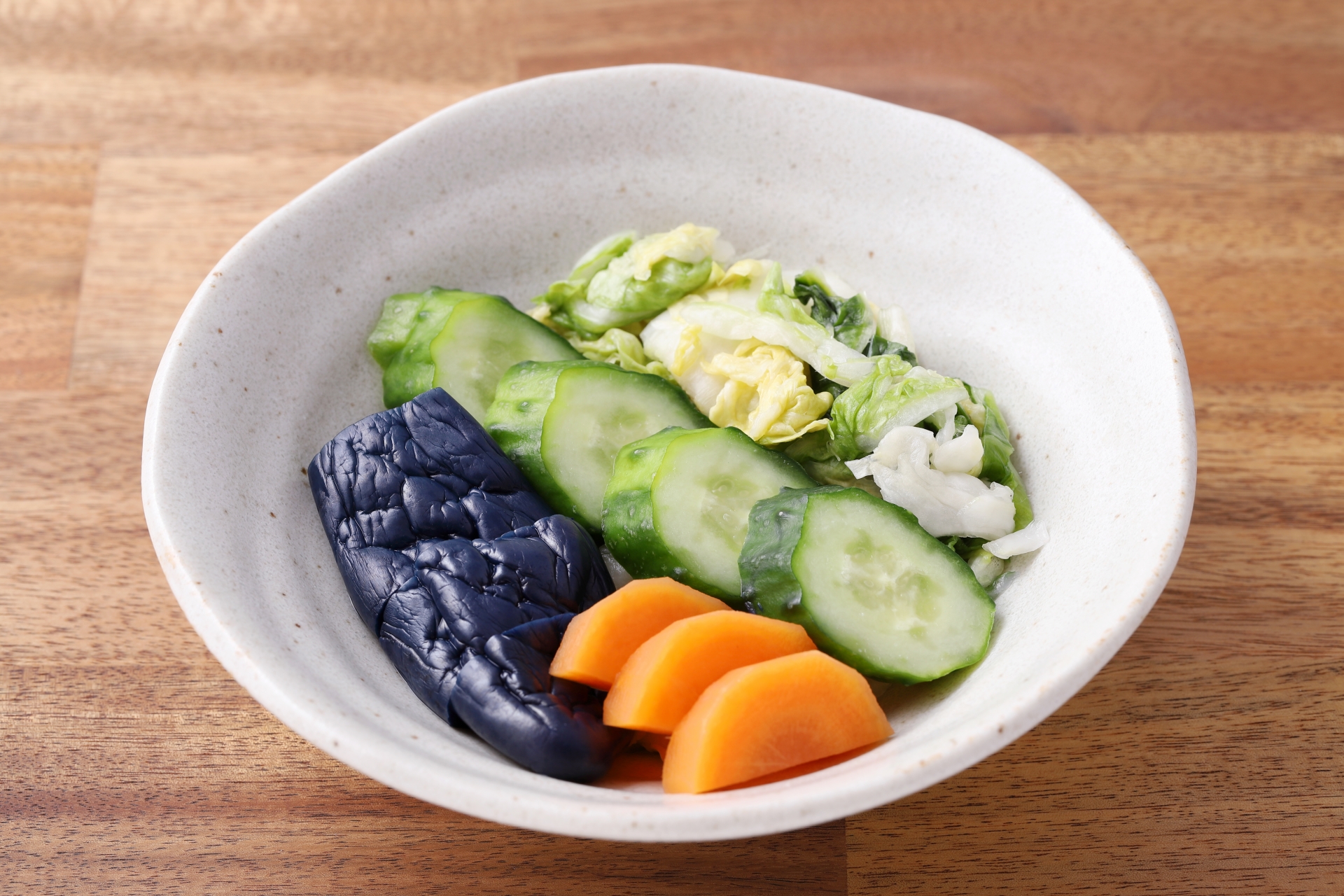

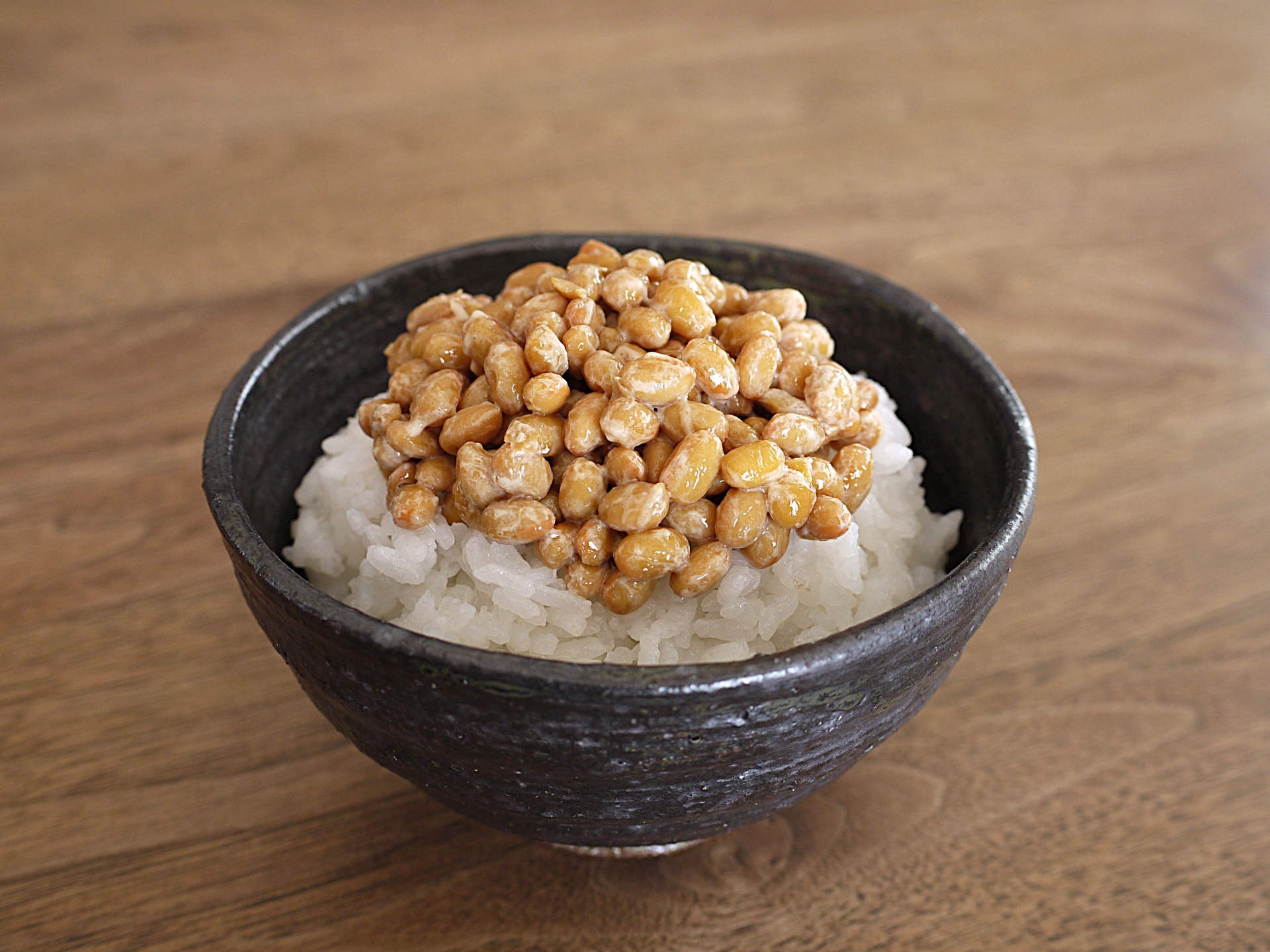
Ingredients for the Perfect Miso Soup
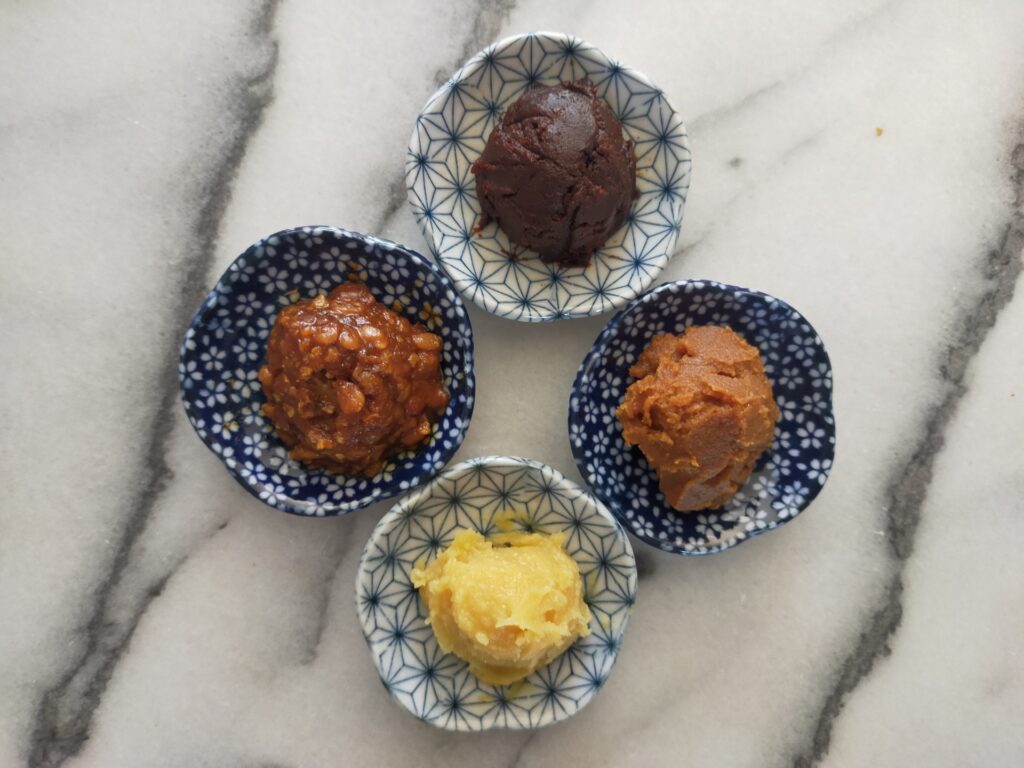
Creating authentic miso soup at home requires just a few key ingredients. The quality and type of each element play a significant role in the final taste. Here’s what you need:
- Miso paste: Choose between white (shiro), yellow (shinshu), or red (aka) miso depending on your preferred depth and saltiness.
- Dashi: A Japanese soup stock, often made with kombu (kelp), bonito flakes, or shiitake mushrooms. Vegan-friendly versions are available.
- Tofu: Silken or firm tofu adds protein and texture.
- Wakame seaweed: Rehydrated dried seaweed offers oceanic umami.
- Scallions: Chopped green onions for freshness and aroma.
Types of Miso Paste
- Shiro Miso (White): Mild and slightly sweet, made with more rice koji and less fermentation time. Best for beginners.
- Shinshu Miso (Yellow): Slightly stronger flavor with moderate saltiness. A great all-purpose choice.
- Aka Miso (Red): Deep, bold, and salty with longer fermentation. Ideal for robust soups or winter months.
Dashi Broth: Foundation of Flavor
Dashi is what gives miso soup its distinctive umami base. You can choose between traditional or vegan options:
Kombu Dashi (Vegan):
- 1 piece of kombu (about 10cm)
- 4 cups of water
- Soak kombu in water for 30 minutes (or overnight). Heat gently and remove kombu before it boils.
Awase Dashi (Kombu + Bonito Flakes):
- 1 piece of kombu
- 4 cups of water
- 1/2 cup katsuobushi (bonito flakes)
- Follow kombu dashi steps. After removing kombu, boil water, add bonito flakes. Let them sink, skim foam, and strain.
Shiitake Kombu Dashi (Vegan):
- 3 dried shiitake mushrooms
- 1 piece of kombu
- 4 cups of water
- Soak overnight. Simmer gently and strain.
Step-by-Step Miso Soup Recipe
- Prepare the dashi using your chosen method.
- Rehydrate wakame in warm water (5 minutes).
- Cube the tofu into small bite-size pieces.
- Heat the dashi over medium, add tofu and wakame. Do not boil.
- Dissolve miso paste in a ladle with some hot broth, then stir into the pot. Do not boil after adding miso.
- Add scallions just before serving.
Cooking Time: 15–20 minutes
Serving Tip: Serve hot with steamed rice and pickles for a complete Japanese meal.
Common Mistakes to Avoid
- Boiling the miso paste: This kills the probiotics and ruins flavor.
- Overcooking tofu: Tofu can become rubbery if simmered too long.
- Skipping dashi: Plain water lacks the umami depth that defines miso soup.
- Not straining the miso: Use a small strainer or mesh ladle to dissolve miso smoothly and avoid clumps.
Customizing Your Miso Soup
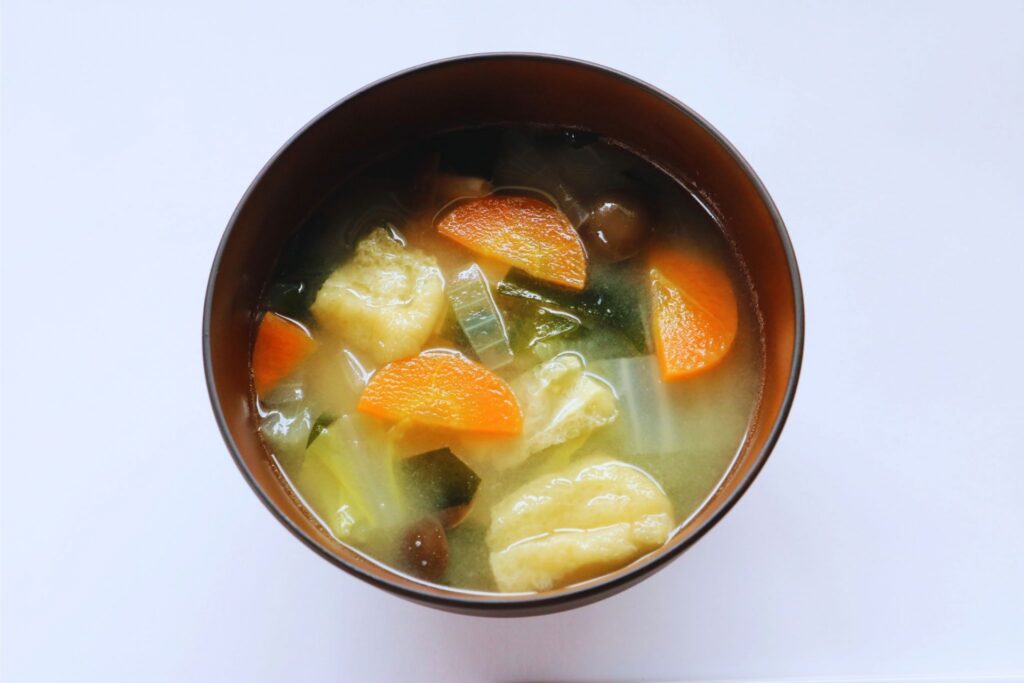
Miso soup’s beauty lies in its adaptability. Try adding seasonal or regional ingredients for variety:
Vegetable Miso Soup
Include napa cabbage, daikon, carrots, or spinach. Cut vegetables thinly and add them early to soften. Spinach should be added last to retain color and nutrients.
Clam Miso Soup (Asari no Miso Shiru)
Purge clams in salted water for 30 minutes. Add to dashi and simmer until shells open. Their natural juices enrich the broth.
Egg Drop Miso Soup
Whisk an egg and slowly pour into hot (not boiling) miso soup while stirring gently to create silky ribbons. Pair with scallions or mushrooms for a heartier soup.
Vegan and Gluten-Free Miso Soup Options
- Use vegan dashi: Kombu, shiitake, or both.
- Choose certified gluten-free miso paste: Some miso is made with barley or wheat—always check labels.
- Vegan-friendly add-ins: Tofu, wakame, mushrooms, spinach, carrots, and more.
Simple Vegan Recipe:
- Prepare kombu-shiitake dashi.
- Add vegetables and tofu.
- Dissolve gluten-free miso paste.
- Garnish with scallions and serve.
How to Store and Reheat Miso Soup
Refrigeration: Store in airtight containers for up to 1 days.
Freezing: Freeze broth and ingredients separately for better texture.
Reheating Tips: Warm gently on the stove. Do not boil once miso paste is added. Add fresh scallions after reheating.
Instant Miso Soup vs Homemade: Which One Is Better?
| Feature | Instant | Homemade |
| Taste | Mild, artificial | Deep, customizable |
| Nutrition | Often high in sodium | Fresh, probiotic-rich |
| Time | 1–2 mins | 15–20 mins |
| Cost | Affordable | Slightly more, but healthier |
Conclusion: Instant miso is convenient, but homemade delivers better flavor and health benefits.
Why Drinking Miso Soup in the Morning Is Good for Your Health
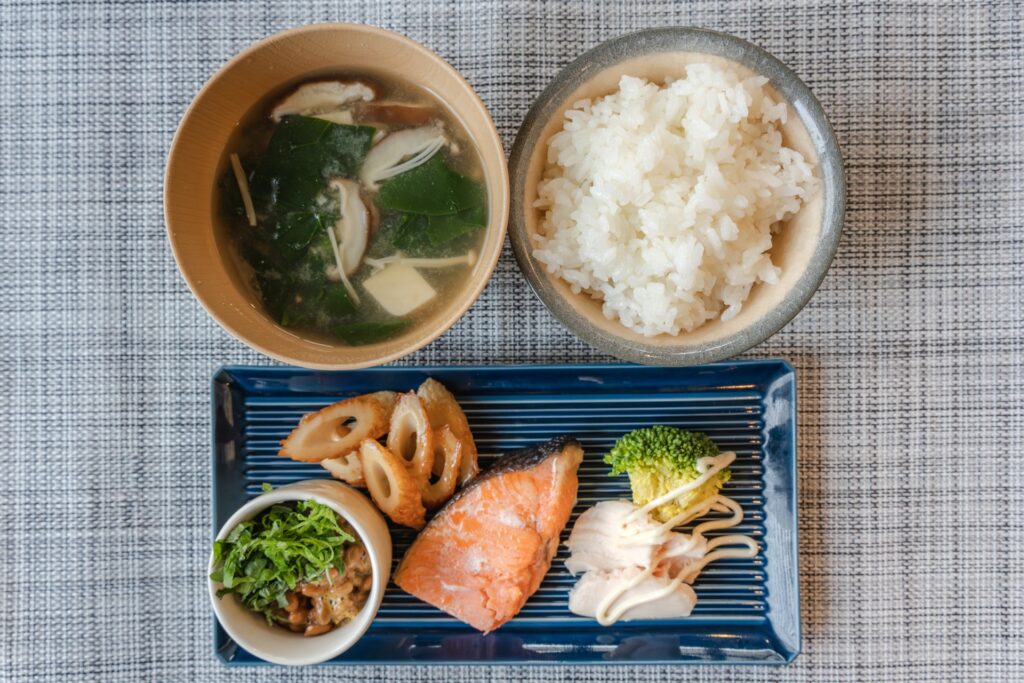
Cultural Practice:
In Japan, miso soup is part of traditional breakfast. It’s typically served with rice, grilled fish, and pickles.
Digestive Benefits:
Unpasteurized miso offers probiotics that support gut health when consumed on an empty stomach.
Hydration and Warmth:
Warm soup replenishes fluids and stimulates digestion gently.
Appetite Control:
Its rich umami flavor promotes satiety and reduces cravings.
Constipation Relief:
Seaweed and vegetables add soluble fiber, aiding digestion and regularity.
Better Sleep:
Miso contains tryptophan, which helps with melatonin production and sleep regulation.
Western Breakfast Integration:
Pair miso soup with toast, avocado, or a boiled egg to fit Western routines.
FAQs About Miso Soup
Can you just mix miso paste and water?
Technically yes, but without dashi, the flavor lacks depth. Dashi adds essential umami.
What vegetables go well in miso soup?
Daikon, carrots, spinach, mushrooms, and napa cabbage are popular.
Is miso soup healthy?
Yes—especially homemade versions with fresh ingredients. It supports digestion, hydration, and overall wellness.
Final Thoughts
Miso soup is one of the most versatile, healthy, and comforting dishes in Japanese cuisine. Whether you prefer a classic version or want to explore creative variations, it offers endless possibilities. With just a few ingredients and a bit of care, you can enjoy the rich umami taste of authentic miso soup at home. Try different dashi bases, miso types, and toppings to discover your favorite combination—and enjoy this nourishing tradition any time of day.

